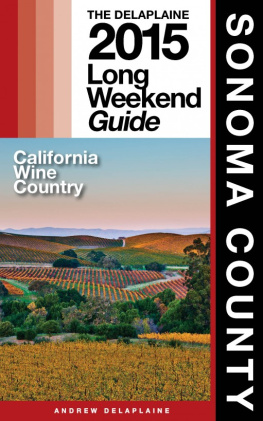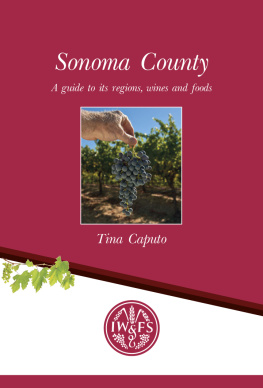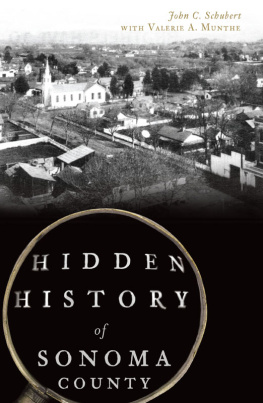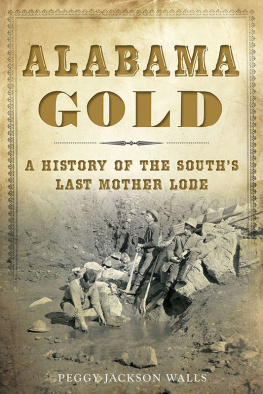Joe Pelanconi gives resonance to the story of an 1870s quicksilver mining boom in the mountains above the wine valleys of Sonoma County. This intriguing history sifts the ore of disparate and inaccessible source material, extracting a shining flask of Cinnabar narrative. His mini-biographies portray eccentric and curious miners, stage drivers and camp followers who clambered up the slopes of the Mayacamas as the price of quicksilver spiked and plummeted.
Bo Simons, Sonoma County librarian, manager Healdsburg Regional Library
This engaging and well-researched California history book brings the Wild West mining village of Pine Flat to life with compelling stories of the colorful characters, hard labor and riches that accompanied the quicksilver boom of the 1870s. A must-read for any student of California history!
Holly Hoods, curator, Healdsburg Museum and Historical Society

Published by The History Press
Charleston, SC 29403
www.historypress.net
Copyright 2014 by Joe Pelanconi
All rights reserved
First published 2014
e-book edition 2014
ISBN 978.1.62585.006.5
Library of Congress Cataloging-in-Publication Data
Pelanconi, Joe.
Quicksilver mining in Sonoma County : Pine Flat prospect fever / Joe Pelanconi.
pages cm
print edition ISBN 978-1-62619-472-4 (paperback)
1. Mercury mines and mining--California--Sonoma County--History--19th century. 2. Mercury miners--United States--Biography. I. Title.
TN463.C2P45 2014
622.3454097941809034--dc23
2014003554
Notice: The information in this book is true and complete to the best of our knowledge. It is offered without guarantee on the part of the author or The History Press. The author and The History Press disclaim all liability in connection with the use of this book.
All rights reserved. No part of this book may be reproduced or transmitted in any form whatsoever without prior written permission from the publisher except in the case of brief quotations embodied in critical articles and reviews.
For Mickey Bitsko, a dear friend, always there when needed. Bitsko lives in a fantasy world and does not read nonfiction, so if no one tells him about this, hell never know.
CONTENTS
ACKNOWLEDGEMENTS
Much of the research for this work was originally done years ago as part of a masters degree thesis in U.S. history at CSUChico. I am indebted to long-retired CSU professors of history Dr. Lois Christensen, Dr. Clarence McIntosh and W.H. Hutchinson for their patience and diligence in assisting a somewhat reluctant student with learning the rigors of historical research. Also at that time, longtime Healdsburg historian Edwin Langhart provided valuable assistance.
More recently, Holly Hoods, curator of the Healdsburg Museum, was invaluable in making museum resources available and encouraging the research process. Old-timers like Harry Bosworth, Dint Rose and Dick Dilworth, with their stories and artifacts, provided inspiration. Harry also provided access to the subterranean depths of his general store, a place that inspires historical thought and is a repository for old photos, artifacts and cobwebs. Geyserville High School teacher and techie Rick Klug was helpful in providing technical support. Ann Howard provided skilled editorial assistance.
My charming wife, Sue, and two neurotic dogs did not impede my efforts. It should be further noted that in 1969, Sue, armed with whiteout, carbon paper and an archaic Underwood, typed my original thesis manuscript. For that alone, she should be allowed to buy new shoes with whatever profits result from this work.
Chapter 1
CHARACTERS OF THE TIME
Nothing in history happens in a vacuum. One must understand the connection between a historical event and the time period. More to the point, one must understand how the main characters in an event were influenced by the times in which they lived. The historical record of the quicksilver rush of Sonoma County, California, from 1873 to 1875 was not difficult to record. Numerous newspaper accounts and official county records detailed the civil discourse, formal transactions and special events that took place in the Mayacamas Mountains. More challenging was the task of attempting to understand the context in which the events occurred and how that time frame flavored the historical record and shaped and motivated the participants.
The America of the 1870s was fascinated with the notion of a Manifest Destiny, led by the Anglo-Saxon will to subdue and fill the vast area from the Atlantic to the Pacific. It was an ethnically specific movement that spurred a frontier spirit of rugged individualism. Go West, young man, was a battle cry to thousands who believed it was Gods will that they head west, better themselves, make their own rules and decimate whoever or whatever was in their way.
During the decade of the 1870s, Sonoma County was a rural, agrarian enclave made up of farmers, merchants and fortune seekers, few of whom were native to the area but nearly all of whom to a degree had embraced a frontier spirit. Wappo and Pomo Native Americans had been rousted from their ancestral homeland. Early settlements by the Spanish, Russians and Mexicans had been displaced by the influx of Americans, most with Anglo-Saxon lineage. Racism and nativism were endemic to 1870s America. The Declaration of Independence stated that all men are created equal, but most white Americans assigned a less than human status to Chinese, Africans, Mexicans and Native Americans. Viewing those who were ethnically different as lower life forms justified prejudice and provided a convenient scapegoat for whatever troubles the Anglos encountered and, for fledgling entrepreneurs, a convenient source of cheap labor.
Thousands of single men came to California in search of wealth after the discovery of gold in 1848 and later adapted to the agrarian lifestyle when fortunes in mining were not forthcoming. Others came as families seeking free, fertile land, having made the sacrifices of a long and treacherous trek by wagon train from the Midwest. Some had fought in the Mexican-American War 184648, leading to Californias statehood in 1850. Some had fought Indians on the way west. Others were Civil War veterans, both Union and Confederate, who had experienced the horrors of that conflict. Very few, if any, were Sonoma County native sons.
These men (and, to a lesser degree, women) were adventurous risk takers, seeking a new life in uncharted territory. They were optimistic, believing in hard work and instant wealth. They were men of action, adventurous and not well educated. They saw natural resources as unlimited and displayed few environmental concerns. Everything was new, and nothing seemed impossible. They were dreamers, possessing limited historical context in which to understand their impulses.
Although affected by the countrys recession of the 1870s and still somewhat divided by the political climate that had led to the Civil War, they viewed national issues from a distance. They were comfortable making local decisions on the spot. The justice system was a work in progress with a lingering vigilante spirit. Local districts for schools, transportation and other public services were being created from scratch. Settlers were beginning to establish churches, schools and lodges. They were embracing the temperance spirit. The transcontinental railroad had been completed in 1872 and a rail line completed from San Francisco to Cloverdale.






